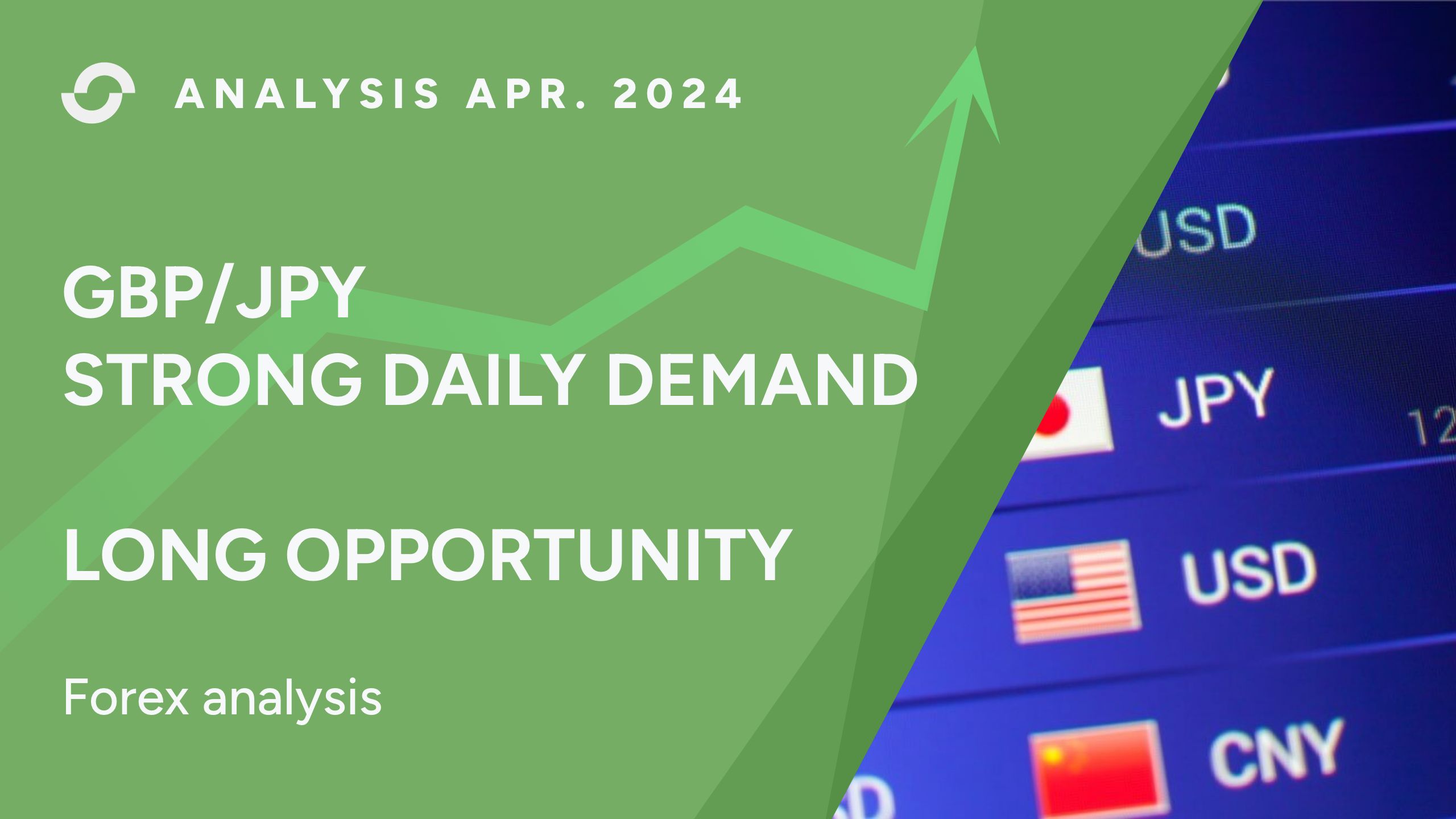GBPJPY: Analyzing the Factors Behind the British Pound’s Dominance over the Japanese Yen in Forex

30 Mar 2024
Few currency pairs command as much attention and influence in forex trading as the British Pound (GBP) and Japanese Yen (JPY). But why does the GBP consistently outperform the JPY in the market? Join us as we delve into the factors behind this dynamic duo’s dominance and uncover what drives their success in forex trading.
Forex trading, also known as foreign exchange trading, is the buying and selling currencies on the global market. It is one of the most popular forms of financial trading, with an average daily turnover of over $5 trillion. The forex market operates 24 hours a day, 5 days a week, allowing traders to buy and sell currencies anytime.
One of the most commonly traded currency pairs in forex trading is GBP/JPY, representing the British pound against the Japanese yen. This highly volatile pair offers ample opportunities for traders to make profits. The GBP/JPY pair is considered one of the “major” pairs in forex trading since both currencies come from developed economies with strong financial systems. The British pound (GBP) ranks fourth among major global reserve currencies, while Japan’s yen (JPY) ranks fifth.
Regardless of the previous fundamental analysis, the GBPJPY has created a strong demand imbalance at 162, and we expect the price to return to that imbalance before we can buy the GBPJPY currency pair. Watch the supply and demand Forex video analysis below.
Historical Relationship between the British Pound and Japanese Yen
The historical relationship between the British Pound and the Japanese Yen dates back to the early 19th century. It has been shaped by various factors, such as economic ties, political alliances, and cultural influences.
During the Meiji Restoration in Japan (1868-1912), the country underwent significant modernization and opened its economy to foreign trade. This increased demand for Japanese goods in Europe, particularly in Britain, which was at the peak of its industrial revolution. As a result, there was a surge in trade between the two countries, and the British Pound became a widely accepted currency for trading with Japan.
In 1871, Japan and other major economies, including Britain, adopted the gold standard for its currency. This further strengthened their economic ties as both currencies were now backed by gold reserves, making them more stable and reliable for international trade.
However, during World War II, this relationship was downturned as Japan’s economy suffered heavily from bombings and resource shortages. The yen lost its value compared to other major currencies like the British Pound due to inflation caused by war expenditures.
After WWII ended, Japan underwent rapid economic growth through export-led industrialization. In this period, known as “Japan’s post-war miracle,” it emerged as one of the world’s leading exporters of automobiles, electronics, and other manufactured goods. This created a high demand for the Japanese Yen in international markets and boosted its value against currencies like the US Dollar and British Pound.
By 1985, Japan’s economy had become so dominant that it led to an agreement called “Plaza Accord” among G5 nations (US, UK, France, Germany & Japan) to devalue USD against JPY (Japanese Yen) by nearly 50%. This move benefited Japanese exporters but also resulted in an unbalanced exchange rate between the GBP/JPY pair, causing volatility in Forex trading.
The relationship between the British Pound and Japanese Yen has remained relatively stable in recent years. Both currencies are considered safe-haven currencies due to their strong economies and political stability. However, fluctuations still occur due to various factors such as economic policies, interest rates, and global events.
In the world of Forex trading, demand levels play a crucial role in determining the value of currency pairs. Simply put, a demand level refers to the price at which buyers are willing to purchase a particular currency, while a supply level is the price at which sellers are willing to sell their currency.
Strong demand levels occur when there is a high demand for a particular currency, increasing its value against other currencies. This can be caused by various factors such as economic growth, political stability, or positive news about the country’s financial standing. When there is strong demand for a currency, it means that investors have confidence in its future prospects and are willing to pay more for it.
So, how does strong demand impact currency pair trends? Let’s take the Euro and Japanese Yen as an example. In recent months, the Euro has been on an upward trend against the Japanese Yen due to strong demand levels for the Euro. As mentioned earlier, this could be attributed to positive European economic data and increased investor confidence in the region’s economy.
Understanding demand levels and how they impact currency pair trends is crucial for any Forex trader. By focusing on strong demand levels, traders can identify opportunities to buy or sell currencies and take advantage of market movements. As various factors influence demand levels, staying updated on global economic and political events that may affect currency values is essential.








